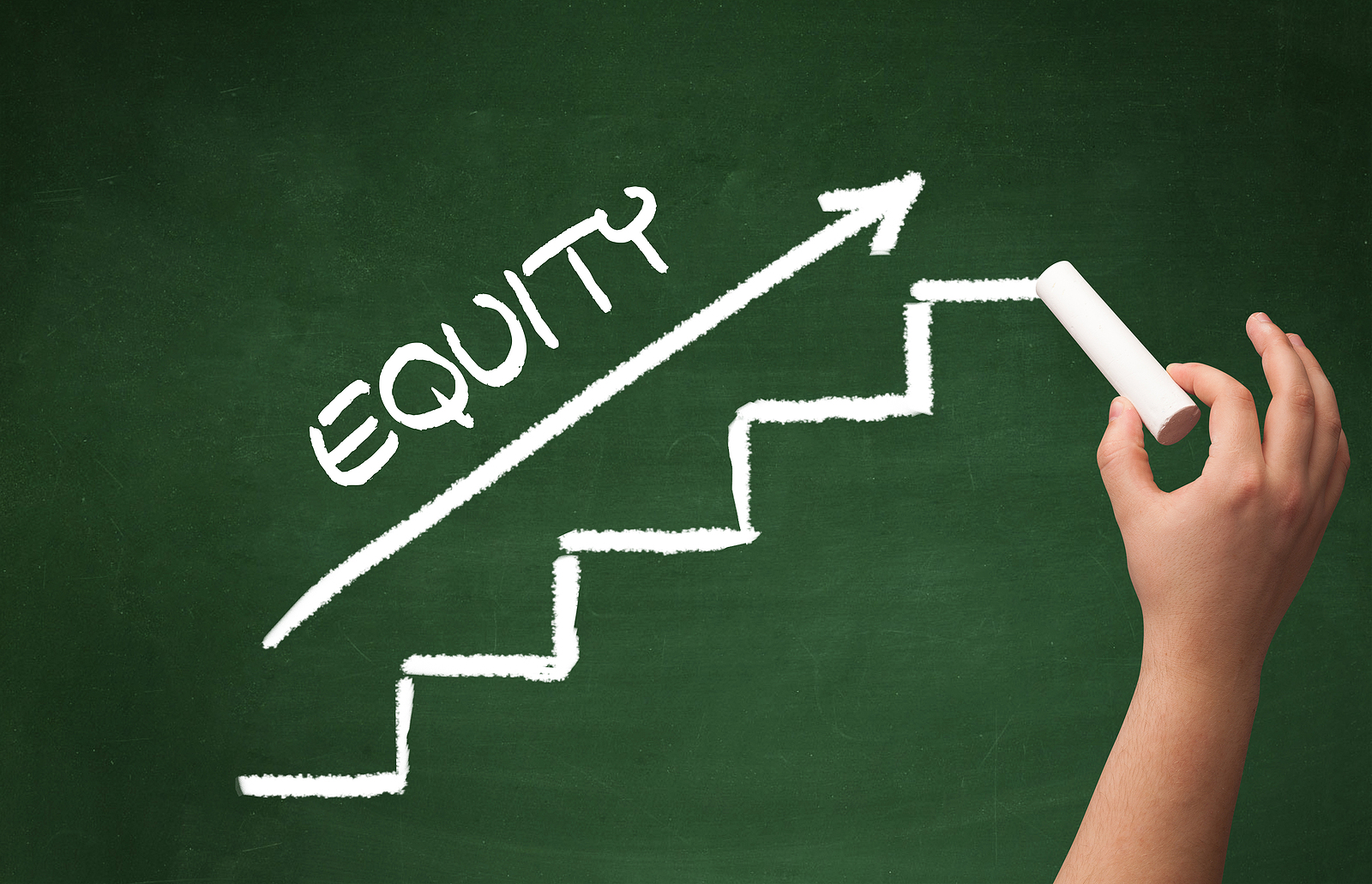You’ve heard of home equity loans, home equity lines of credit and maybe you’ve read the studies on how home equity is the pathway to wealth.
It’s one of those real estate terms that nobody bothers to explain, just assuming everyone knows what it means.
Today, we take care of that.
What is equity?
Equity is a term used in several industries. It may refer to stock, or shareholder’s equity. In real estate, equity is “… the difference between the property’s current fair market value and the amount the owner still owes on the mortgage,” according to the experts at Investopedia.com.
“It is the amount that the owner would receive after selling a property and paying any liens.”
The simple equation for equity looks like this:
Total Assets − Total Liabilities = Equity
If your home (the asset) has a current market value of $250,000 and you still owe $200,000 on the mortgage (the liability), your equity is $50,000.
Equity, by the way, isn’t fixed; it can fluctuate according to market conditions. Building equity, however, is far more common than losing it.
Building equity
On a new loan each payment you make goes primarily to pay the interest. As the loan ages, however, more of the payment goes to whittle away at the principal. Every house payment, however, builds equity.
Making a large down payment when you buy the home provides what some refer to as “instant equity.” Not only do you build instant equity with that large down payment, but your monthly payments will be smaller than they would be had you made a smaller down payment.
Another way to build equity quickly is to make larger house payments every month. “Making additional principal payments will shorten the length of your mortgage term and allow you to build equity faster,” according to the pros at AmericanFinancing.net.
They go on to offer an example: “Consider your loan amount is $300,000 with an interest rate of 4% and a 30-year loan term. If you pay $150 additional toward the principal each month, you can expect to save $40,282 and pay off your mortgage almost 5 years earlier.”
There are pros and cons to this strategy, however, so consult with your financial adviser before taking action.
Getting your hands on that equity without having to sell the home
The most obvious way to use your equity is for a down payment on a new home when you sell the current home.
But you don’t need to sell to get access to your home equity; there are numerous ways to borrow against that equity.
The home equity loan is a second mortgage. The amount of equity you borrow against creates a new loan. Each month, you’ll not only have a mortgage payment, but a second loan payment as well.
The maximum amount you can borrow with a home equity loan is typically 85 percent of the equity in your home, according to the Federal Trade Commission (FTC). Learn more about the home equity loan on their website, at FTC.gov.
A HELOC, short for home equity line of credit, is a more flexible type of loan that acts more like “… a revolving line of credit, much like a credit card,” according to the FTC’s website.
Borrow on as as-needed basis, using either a credit card (that the lender supplies) or by writing a check. “… you make payments only on the amount you actually spend, not the full amount available,” according to the FTC.
HELOCs offer tax advantages that the home equity loan doesn’t, so talk to your financial adviser to get the details.
Refinance: Refinancing is a bit like selling the home in that you’ll take out a new first mortgage, minus your equity in cash. For instance, if the market value of your home is $200,000 and you have $100,000 in equity, you can refinance the home for what you owe on the mortgage and get your equity in cash.
Remember that your home is the security for each of these solutions, so always speak with your financial advisor before making a move.
You may also want to get to know the various “Harmful Home Equity Practices” by visiting consumer.ftc.gov and learn about the Three-Day Cancellation Rule, here.





